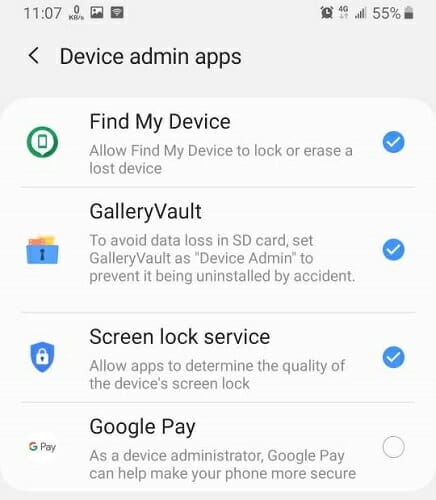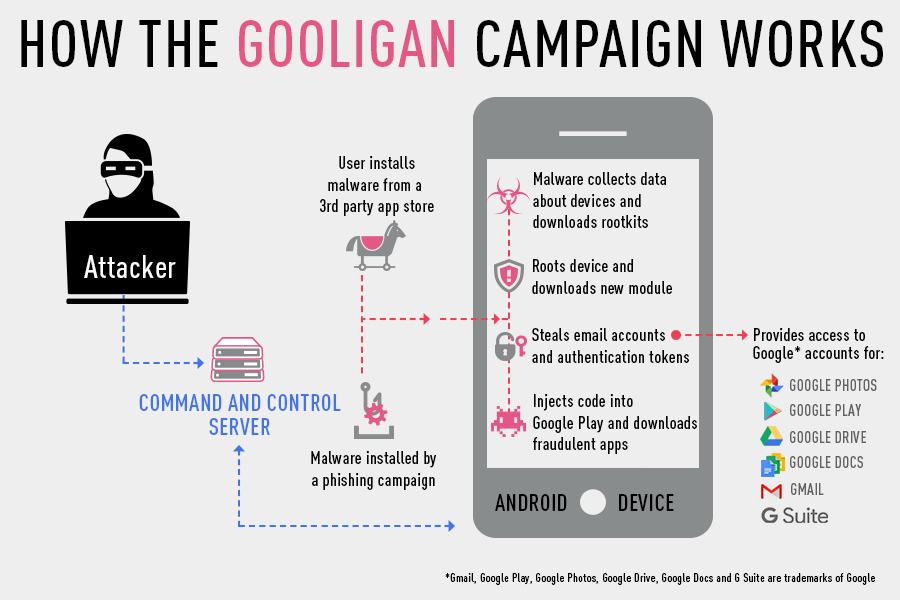

If there is a malicious DNS server configured here, you can disable it and tell your router to use the automatic DNS server from your ISP or enter the addresses of legitimate DNS servers like Google DNS or OpenDNS here. Something like “0.0.0.0” is fine and often just means the field is empty and the router is automatically getting a DNS server instead.Įxperts advise checking this setting occasionally to see whether your router has been compromised or not. If in doubt, perform a web search for the DNS server addresses and see whether they’re legitimate or not.

But, if there are DNS servers there you don’t recognize, that’s a sign malware has changed your router to use DNS servers.


It’s no problem if you’ve configured your router to use good alternative DNS servers - for example, 8.8.8.8 and 8.8.4.4 for Google DNS or 208.67.222.222 and 208.67.220.220 for OpenDNS. If it’s set to “Manual” and there are custom DNS servers entered there, that could very well be a problem. If it’s set to “Automatic,” that’s fine - it’s getting it from your ISP. Look for a “DNS” setting somewhere, often in the WAN or Internet connection settings screen. Sign in with your router’s username and password, if necessary. You’ll want to visit your router’s web-based interface and check its DNS server setting.įirst, you’ll need to access your router’s web-based setup page. Check your network connection’s gateway address or consult your router’s documentation to find out how. The one telltale sign that a router has been compromised is that its DNS server has been changed. RELATED: 10 Useful Options You Can Configure In Your Router's Web Interface UPnP seems to be vulnerable on many routers, for example. Other exploits can take advantage of other router problems. Some routers may have their remote administration interfaces activated along with default usernames and passwords - bots can scan for such routers on the Internet and gain access.
Google check for malware code#
As the JavaScript is running on a device inside your local network, the code can access the web interface that’s only available inside your network. An attacker embeds malicious JavaScript onto a web page, and that JavaScript attempts to load the router’s web-based administration page and change settings. Many attacks make use of cross-site request forgery (CSRF) attacks. They can capture requests for Google Analytics or other scripts almost every website use and redirect them to a server providing a script that instead injects ads. If you see pornographic advertisements on a legitimate website like How-To Geek or the New York Times, you’re almost certainly infected with something - either on your router or your computer itself.
Google check for malware install#
SSL-stripping attacks can even remove the encryption in transit.Īttackers may also just inject advertisements, redirect search results, or attempt to install drive-by downloads. Sharp-eyed people may notice that such a phishing site won’t have HTTPS encryption, but many people wouldn’t notice. Unusually slow DNS requests are a sign you may have an infection. It may simply time out on most requests and then redirect queries to your ISP’s default DNS server. The malicious DNS server doesn’t necessarily respond to all queries. It may still say in your address bar, but you’ll be at a phishing site. When you try to connect to a website - for example, your bank’s website - the malicious DNS server tells you to go to a phishing site instead. RELATED: What Is DNS, and Should I Use Another DNS Server?Īttackers often seek to change the DNS server setting on your router, pointing it at a malicious DNS server.


 0 kommentar(er)
0 kommentar(er)
